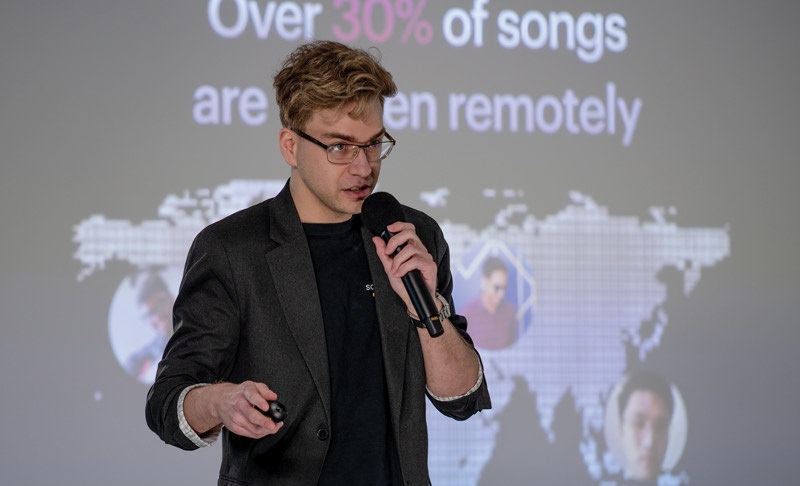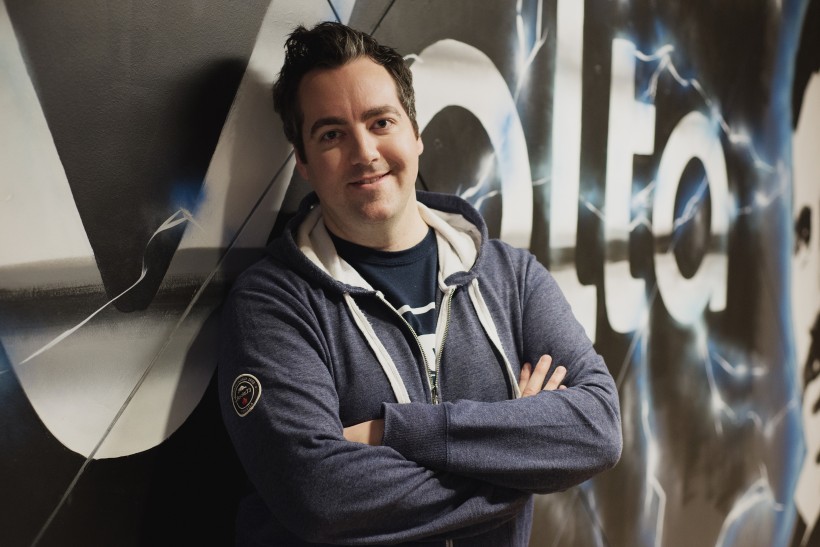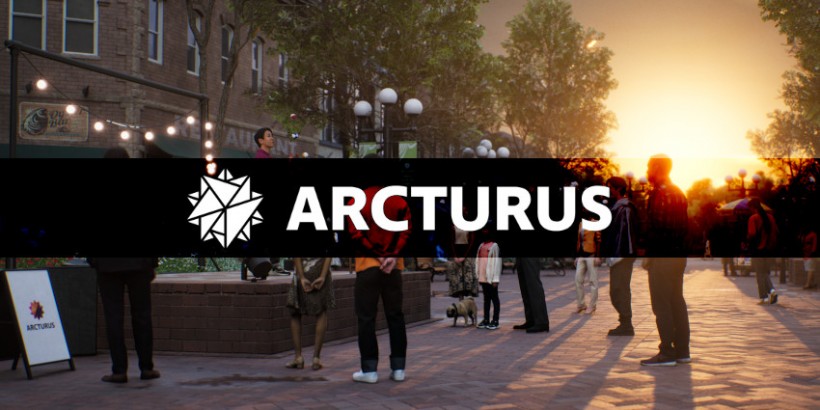Scott Burke wants to use one of the world’s hottest technologies to improve the lot of homeless people.
Burke is the cofounder and CEO of Hypergive, a new Halifax company developing a stored-value card that allows homeless people to purchase essentials and makes it easier for anyone to help the homeless.
What’s special about Hypergive is that it uses blockchain, the technology that is the foundation of bitcoin, the digital currency. Blockchain is a series of digital ledgers that various parties can access and exchange digital money or perform other tasks. The chain keeps a permanent record of who entered and what they did, guaranteeing a high level of security.
“With explosion of blockchain technology, I started to think about some of the applications and where could this be used,” Burke said in a recent interview.
“Since the previous fall, I thought of innovating around person-to-person street giving and … some of the related problems, like donor cynicism and digression of funds.”
Burke, who also heads the Atlantic Lottery Corp. innovation outpost at Volta Labs, leads a group called Blockcrushr Labs, which researches blockchain opportunities. Through Blockcrushr, he wrote a white paper a year ago outlining his vision to use blockchain to help homeless people. Eventually, he teamed up with tech enthusiasts Brian Jeffcock and Andrew Redden to develop Hypergive.
My HOME Apparel Is Tackling Homlessness
Hypergive is at the proof-of-concept stage, but here’s how it is envisioned: people can make donations so the homeless can buy food, clothing, toiletries — the essentials for living.
The donations are recorded and tax receipts issued. The money collected is stored on a card that charitable organizations can distribute to homeless people. These cards will include photo identification and a QR code so they can only be used by the person who received the card. He or she can use the card to purchase goods at retail outlets, whose logos are also printed on the card.
The purchases can only be made by the person identified by the card.
The Hypergive card should ensure tax-efficient and easy donations, and guarantee that the money is used only to buy needed goods by the intended recipient.
Even in the concept stage, Hypergive drew the enthusiasm of others in the tech community, various media outlets, and key Rotary chapters, which want to help in rolling the project out. Burke and his team entered the project in the US$140,000 Blockchain Virtual GovHack, an international competition that seeks to find blockchain-based technologies that improve government and/or public services. Hypergive was one of 10 companies chosen for the semi-finals, and as of press time Burke was waiting to learn if it would be one of three finalists. If so, the company will be flown to Dubai for the finals.
The Hypergive team is still working out how to structure the company once they launch the product. Regardless of whether it is a for-profit or not-for-profit model or a hybrid of the two, Burke hopes the technology can help people in need.
“I don’t come from a social work background,” he said. “It’s just this idea I had. Hypergive seems to be an idea that’s taken on a life of its own. People really respond to it and we’ve had offers of assistance.”
After a moment’s reflection he added: “I want to see this project fly. I don’t know if it is going to work. Retailers have to get on board. People we want to feed have to use it. People have to give. My attitude is let’s try it and see if it works.”










